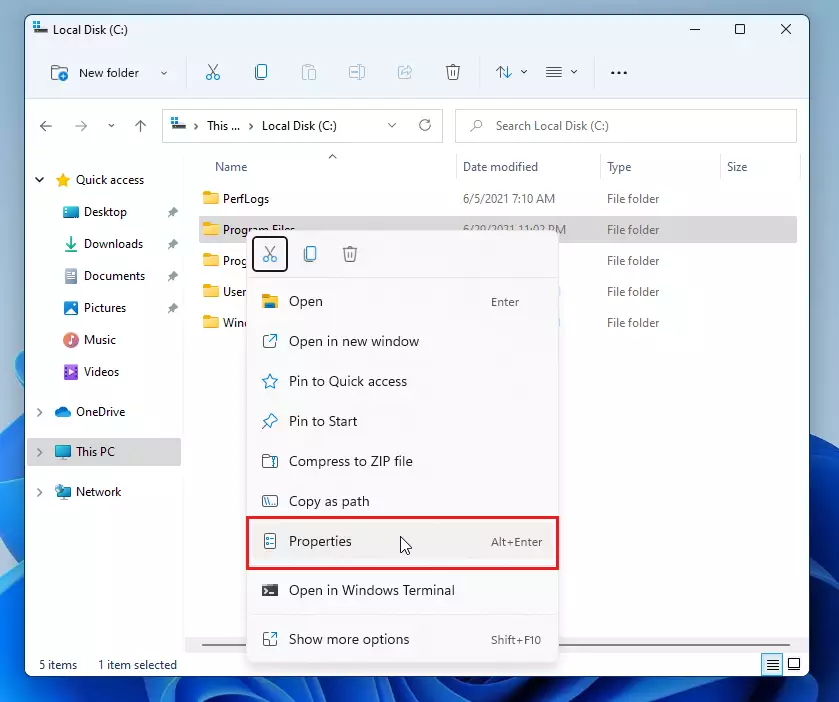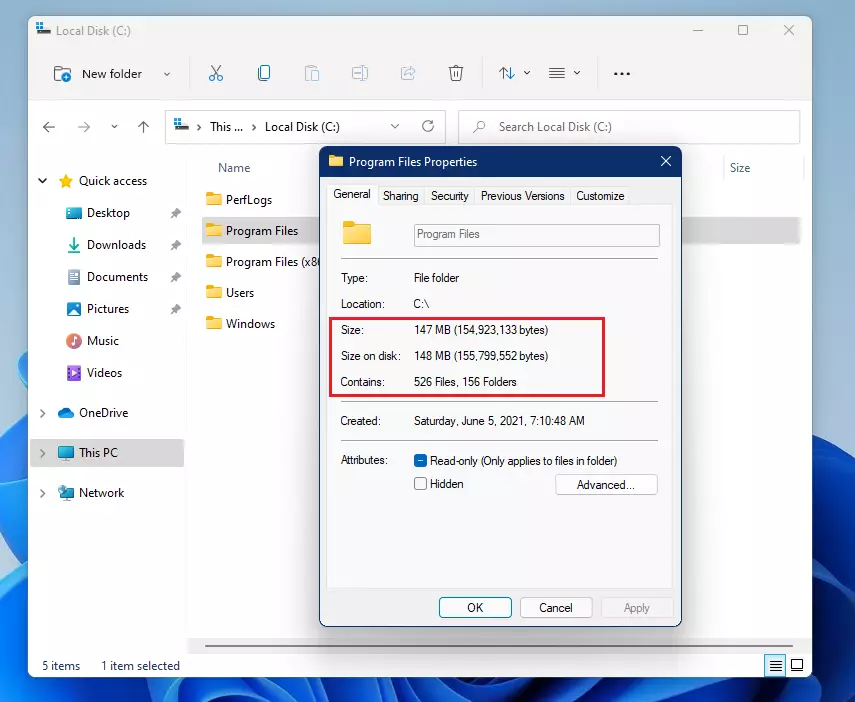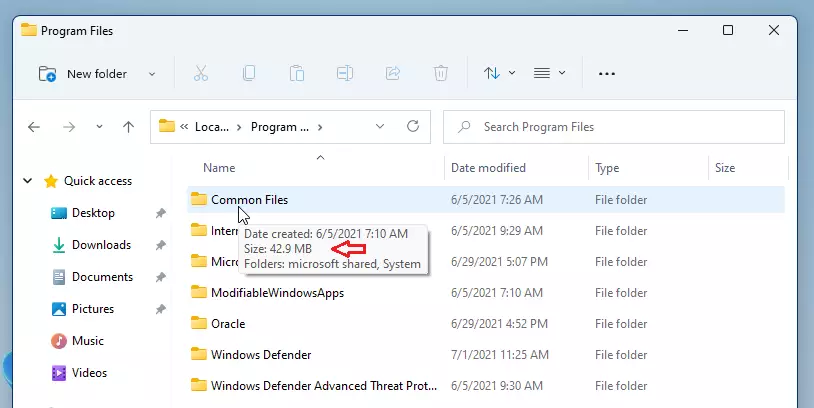This article provides instructions on how to check the size of a folder in Windows 11.
Viewing the size of folders in Windows 11 can help you manage your computer’s storage space. Knowing which folders occupy the most space allows you to decide which files to delete or move to an external drive.
Improving the performance of your computer often involves managing your storage space effectively. Knowing the size of a folder can help prevent your computer from slowing down due to inadequate storage. Additionally, understanding folder sizes is beneficial when sharing files with others or backing up important data.
View folder size in File Explorer
To access File Explorer, click the folder icon on the taskbar. File Explorer is an application that enables you to browse and manage files and folders in Windows 11.
You can go to File Explorer by selecting the taskbar icon or pressing the Windows logo key + E on your keyboard.
Next, select the folder, right-click on the folder for which you want to view its size, and click “Properties” in the context menu.
Make sure to select the folder first.

This will show the folder properties dialog, displaying the folder size in the “Size” and “Size on disk” fields.

This also provides details such as the folder’s creation date, files, and any sub-folders within it, along with the count of items and folder attributes like hidden and read-only.
How to view folder size via mouse hover
One way to check a folder’s size in File Explorer is to hover your mouse over the folder. This action will trigger a tooltip displaying the folder size.
This method is typically easier to use than the first method mentioned. However, please note that some root folders may not show their hover-over tooltips.

The methods mentioned above are just two ways to view or obtain the size of a folder. There may be other approaches available in Windows 11, but these two methods can be very useful when you need to quickly find out the size of a folder.
Conclusion:
- Knowing how to check folder sizes in Windows 11 helps in effective storage management.
- Regularly monitoring folder sizes can prevent performance issues due to a lack of disk space.
- The two methods provided—using File Explorer properties and mouse hover—are quick and user-friendly.
- Familiarizing yourself with these techniques can make file organization and data sharing much easier.
- Always consider moving or deleting large files to maintain optimal storage on your device.

Leave a Reply